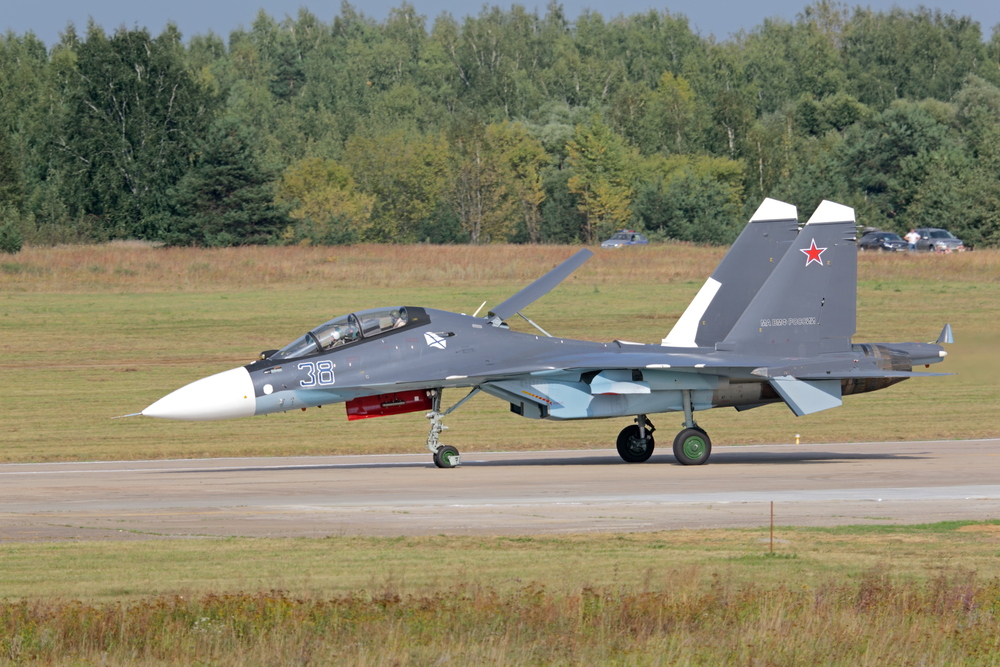Russian forces have been suffering heavy losses in aircraft.
Others are reading now
As the conflict in Ukraine continues into its 29th month, new revelations highlight the ongoing struggles of the Russian military.
According to Tech, Russia has acknowledged that its aircraft are being increasingly destroyed by Western missiles, prompting Moscow to take significant defensive measures.
Russian Aircraft Targeted by Western Missiles
Russian forces have been suffering heavy losses in aircraft, with Ukrainian forces demonstrating remarkable precision in targeting enemy airbases, even those located hundreds of kilometers from the front lines. Recent attacks, including strikes on the Engels airbase—which houses Russia’s Tu-95 and Tu-160 bombers—showcase Ukraine’s advanced long-range drone capabilities. These strikes underscore the effectiveness of Ukrainian precision weaponry.
In response to these challenges, Russia is set to construct specialized hangars designed to protect its aircraft from further Western missile attacks. The Russian Defense Ministry has announced this development, which has been reported even by state media. This move comes as a direct reaction to the damage inflicted by Western weapons, which have been employed by Ukrainian forces.
Also read
Russian Defensive Strategy Underway
Russian analyst Alexander Kots has confirmed that Moscow will soon launch a large-scale program to build these protective hangars. The new facilities will be designed to shield aircraft from drones and missiles, although specific details about their construction remain undisclosed. It is unclear when these hangars will be operational at military bases.
Advanced Ukrainian Weaponry
The Ukrainian forces’ arsenal includes highly precise weapons such as the Storm Shadow/SCALP and ATACMS missiles. The ATACMS, with a range of 300 kilometers and a warhead weighing approximately 560 kilograms, and the Storm Shadow/SCALP, which can hit targets up to 400 kilometers away with a 450-kilogram warhead, are particularly feared by Russian forces. These missiles use a combination of inertial navigation, GPS, and infrared targeting to ensure high accuracy, further complicating Russia’s defensive efforts.


